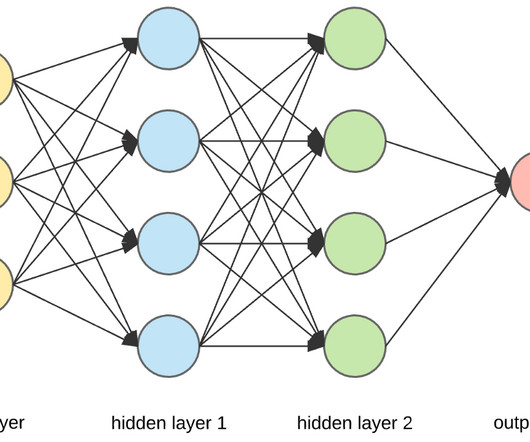Getting Started with Plotly in Python: Features and Customisation
Pickl AI
OCTOBER 9, 2024
Summary: Plotly in Python is a powerful library enabling users to create interactive visualisations easily. Among the many tools available, Plotly in Python stands out for its ability to create dynamic, interactive visualisations. Once the installation is complete, you can create interactive visualisations in Python.












Let's personalize your content